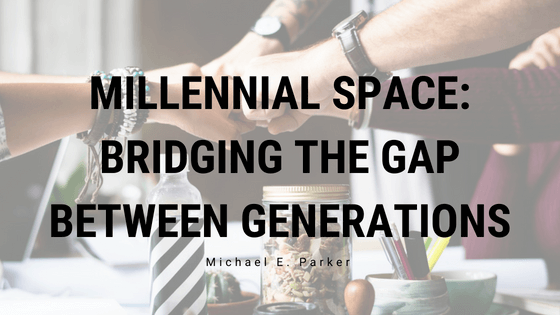Millennials are quickly becoming one of the largest generations in the workforce and may soon surpass even the Baby Boomer generation. That being said, there are multiple generations currently in the workforce, sometimes with four or five generations working alongside each other. This can be a challenge for businesses since they need to integrate younger workers with more seasoned employees. While it may seem like an enormous task to bridge the gap between generations, it is by no means an impossible one to achieve.
Understand the generational differences
Integrating multiple generations into the same workplace requires understanding each of their generational differences. Each generation grew up in different worlds and value different things. For example, Baby Boomers place more value on security and protecting their health and wealth. Millennials, on the other hand, grew up just after the housing market crash and focus more on financial wealth than starting a family. This makes millennials more likely to take more significant risks, unlike baby boomers that aim to protect their financial wealth.
This also contributes to different work style preferences. Millennials take risks, require open communication and feedback, and value flexibility. Baby Boomers and Gen Yers prefer to work in team structures and appreciate regular meetings. As a business, recognizing these differences will allow for a more collaborative work environment.
Establish expectations
Each generation is committed to their careers in different ways. For the most part, all ages enjoy the challenges that often come with jobs. However, some are more flexible than others. For example, veterans and baby boomers are more willing to adapt their personal lives around their jobs, Gen Xers, Gen Yers, and Millennials strive for more work-life balance and enjoy the flexibility of technology and use of their time. Establishing the expectations of each from the beginning will allow them to balance their work and personal lives adequately.
Offer diversity training
Along with creating relationships between individuals with different religious preferences and ethnic backgrounds, diversity training can be a massive benefit for bridging age gaps. This is a great course to implement for larger organizations to allow for more involvement from larger groups. It is recommended these be kept voluntary to avoid resistance and hostility, but also to hold each employee accountable for how they treat each other.
Implement a mentorship program
In a smaller workplace containing a multitude of generations, implementing a mentorship program will allow for preconceived stereotypes to dissolve. By having a mix of generations partner up, it will encourage each generation to learn more about the other and teach them new perspectives. Again, keeping this voluntary will foster a more positive relationship.

